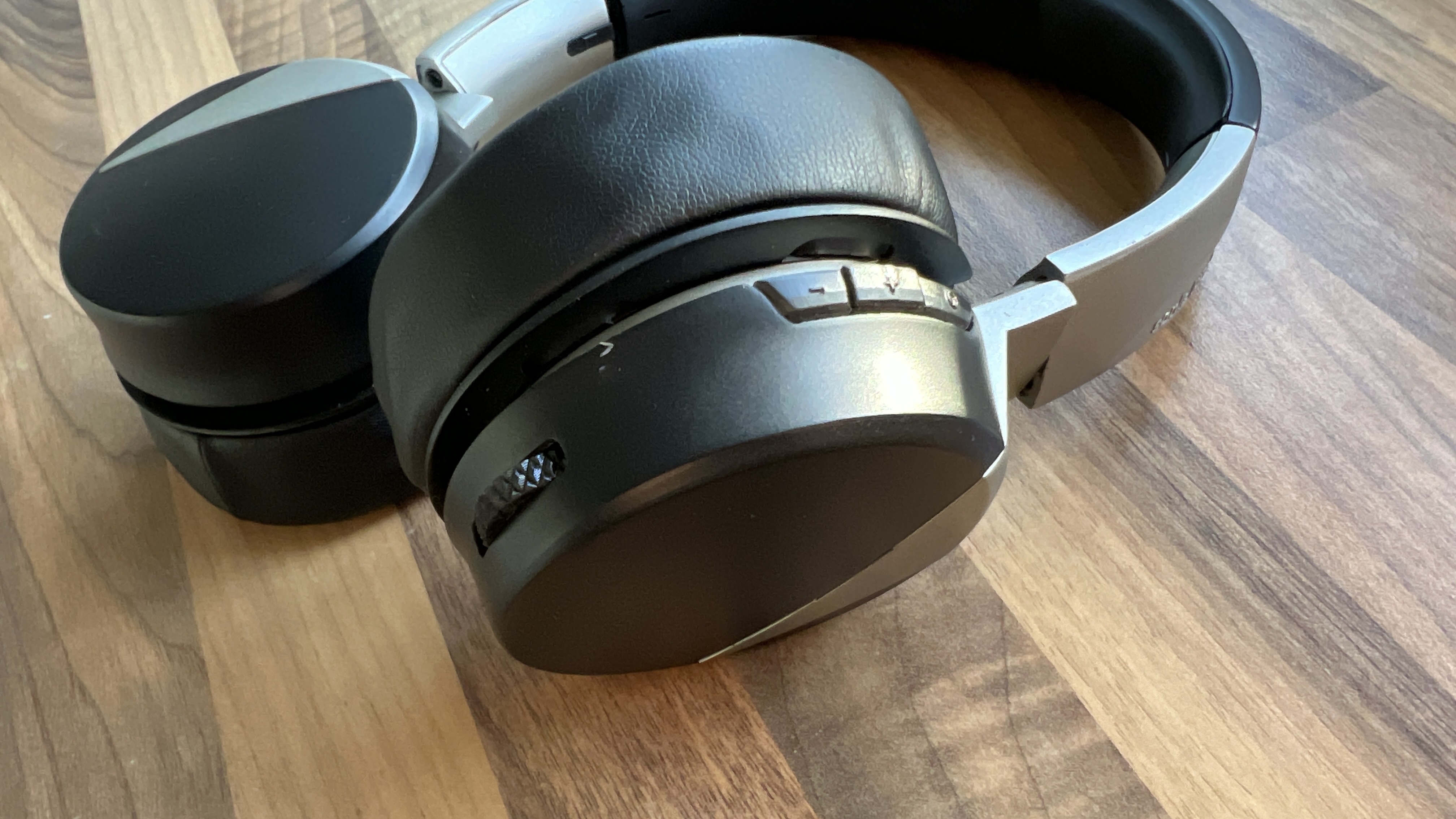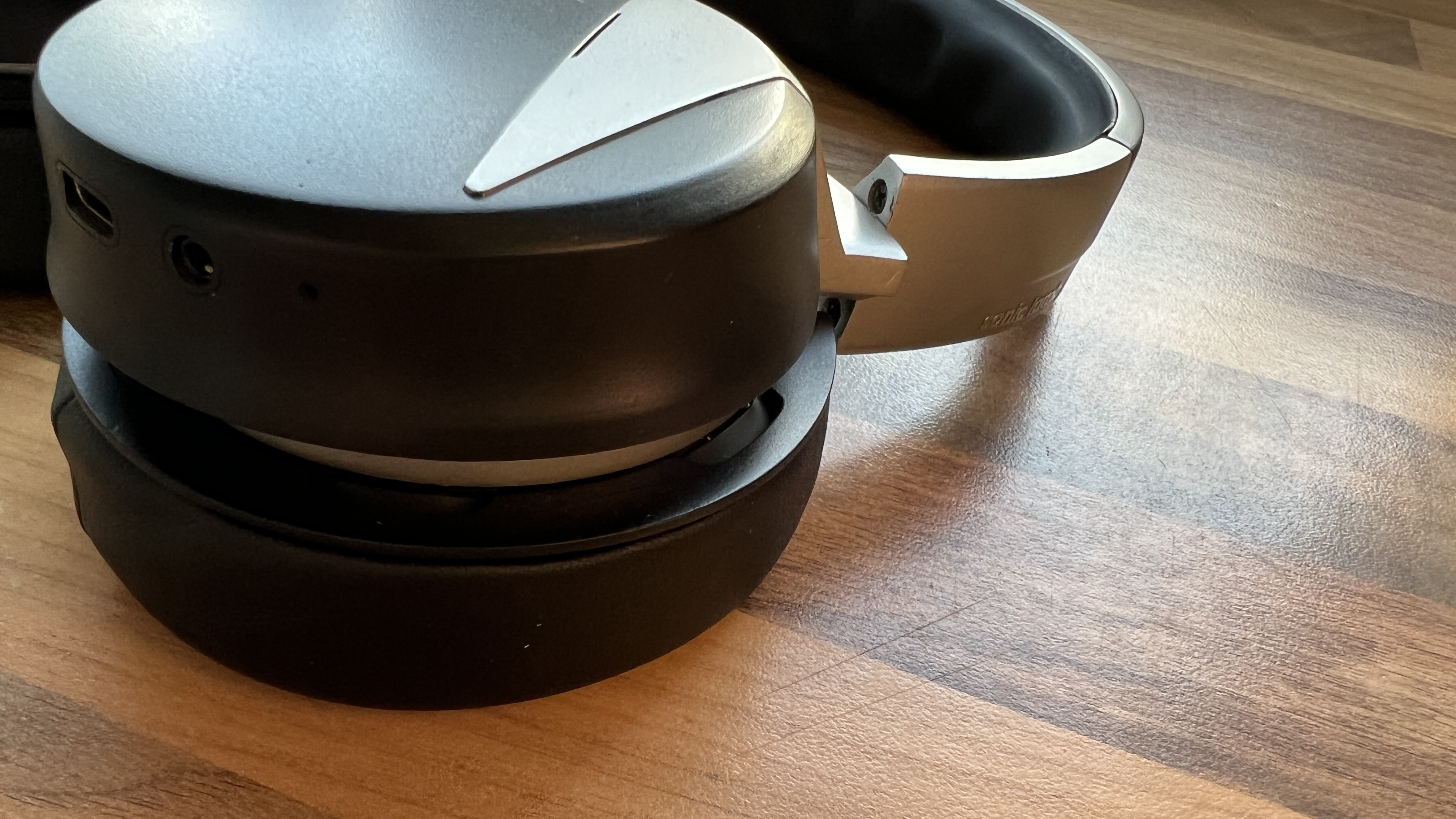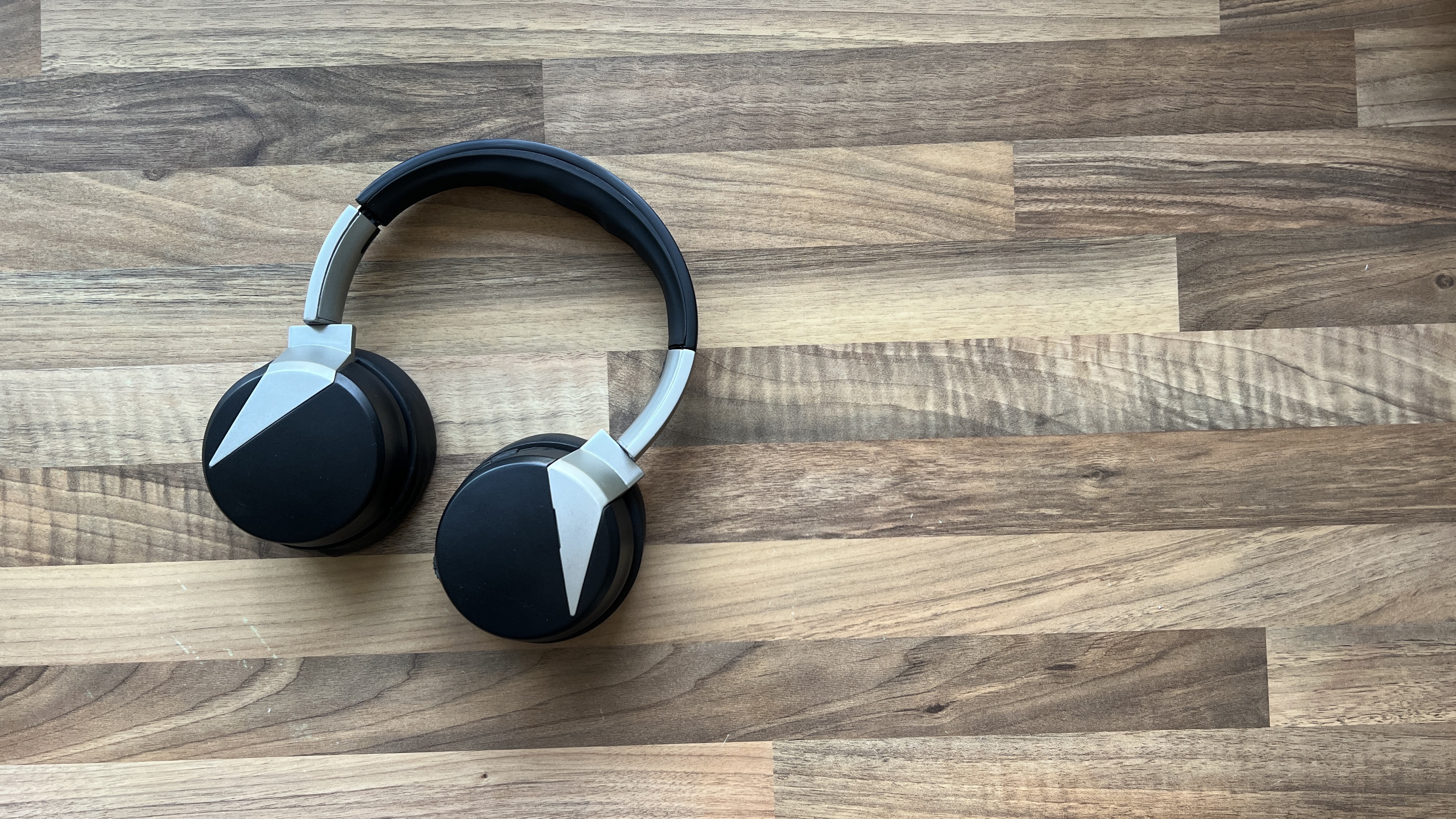Early Verdict
Early impressions of the Sonic Lamb headphones are encouraging. The subtle haptics delivered through the hybrid driver structure give you an unprecedented level of immersion that could disrupt the over-ear headphones market.
Pros
- +
Impressive sound quality
- +
Subtly immersive vibrations…
Cons
- -
…but you can trick these vibrations with slower songs
Why you can trust Laptop Mag
The Sonic Lamb headphones: an interesting name with an even more interesting concept. On its Indiegogo page, the company touts an “eargasmic experience.” It’s a little on the nose, but what this means is these cans allow you to feel the music.
Through an air and body conduction system in patented hybrid driver acoustics, you can feel a sub-woofer punch through the cups of your headphones and experience a new level of immersion.
To test this technology, I’ve been given a pre-production prototype, which has been a daily driver while I’ve been working for around two months now. Is it as the company claims, or are there any teething issues? Let’s find out.
Disclaimer
As the team behind the Sonic Lamb headphones state, there are a couple of issues and compromises that they are aware of:
- They’ve been produced using a soft molding process, which means this pre-production unit does have a couple of cosmetic flaws and the buttons on the cup are a bit delicate.
- They didn’t come in final retail packaging, which consists of a hay-filled wooden box (playing to the farm connotations from having the word “Lamb” in the name).
- There will be a companion app that delivers OTA updates and allows for greater control, but that’s not available yet.
- Most importantly, audio quality and experience is at 90% of the company’s target due to “tolerance issues in the mechanical parts,” and the battery is only at 50% capacity, because it contains only one of the two batteries that it will come with, since they are being “reserved for certification.”
Keep in mind that what I’m looking at right now is a prototype through and through, just to give me a taste of what the experience will be like.
Sonic Lamb headphones design

Like I said, this is just a prototype model, as you can tell by the small dings and softer plastic design. But it does give us a glimpse of the aesthetic, which is a sleek, refined look in either all black or with this flash of silver across the cups. Plus, the addition of a detachable microphone is good for gaming.
This pre-production package doesn’t offer the full cushioning in the headband, but the earcups themselves are plush and comfortable on the ears. Plus, the buttons are in a place where your thumb lies naturally.
Sign up to receive The Snapshot, a free special dispatch from Laptop Mag, in your inbox.

Sonic Lamb headphones Audio quality

So, let’s address the vibrating elephant in the room. This isn’t actually the first time a company has done something like this. The Skullcandy Crusher Evo does something similar in the form of adjustable sensory bass, which is a bit of a gimmick in real-world use. In classic Skullcandy fashion, the bass was already too heavy, so cranking up the sensory output meant you could have a laugh watching your headphones vibrate off the table.
The Sonic Lambs do things a little differently with a unique audio structure in each cup — combining a wide-ranging dynamic driver with an impulse driver that takes those lower tones and turns them into mechanical impulses that are fed through to the earpads.
And sure, these are prototypes that hit “90% of the company’s target,” so the bass can get a little heavy and slightly overwhelm the highest tones, but as an early glimpse, I can safely say these are unlike anything you've heard or felt before.
It’s subtle — far more subtle than the skull rumbling of the Skullcandy headphones, but effective in driving an impressive level of immersion. The only comparison I can make is if you’re sitting in a room with a big speaker in the corner, and you can feel the heft of that subwoofer in your bones. That’s what you get here.

To test this, I wanted to approach this from two directions: loud and angry, and calm with subtlety. First, it comes as no surprise that the louder and more bass-centric the song is, the more the Sonic Lambs come into their own. Beartooth’s “Aggressive” sounds and feels fantastic on these — the roaring vocals shining through with the telltale thud of the bass kick knocking back on your ears.
Then we get to the other side with Mac Miller’s incredible “2009.” The finer details are a true test for any headphones, which pair with the sharp stings of 808 bass that could knock these headphones off their game.
However, the Sonic Lambs manage to balance (just about) everything well with the exception of a couple of bassy moments overwhelming the piano. As for the subtle vibrations, they add a layer of intrigue to the song too, but at what cost? Sometimes, those longer bass notes can trick the haptics and stretch for longer than is necessary.
A lot of these issues may be resolved with a customizable EQ in the companion app, but without that in an early test model, this is as far as we can go.

Outlook
As of right now, the concept of the Sonic Lamb headphones is a diamond in the rough. It’s a fantastic idea that works 75% of the time, but it is easy to trip them up with some slower, gentler beats.
I’m confident that, given the March 2023 release window and the lesser quality of this prototype, we will see the company take a solid stab at resolving this. Because what we have here is something that has the potential of shaking up the over-ear headphones market.

Jason brought a decade of tech and gaming journalism experience to his role as a writer at Laptop Mag, and he is now the Managing Editor of Computing at Tom's Guide. He takes a particular interest in writing articles and creating videos about laptops, headphones and games. He has previously written for Kotaku, Stuff and BBC Science Focus. In his spare time, you'll find Jason looking for good dogs to pet or thinking about eating pizza if he isn't already.

